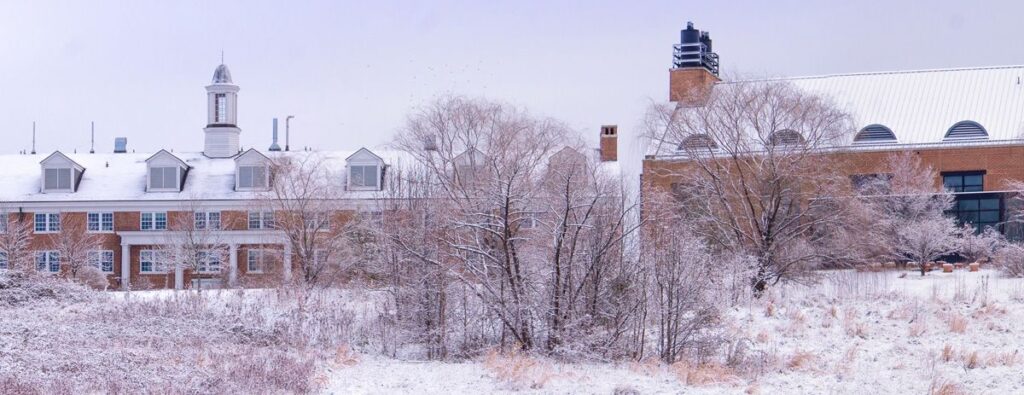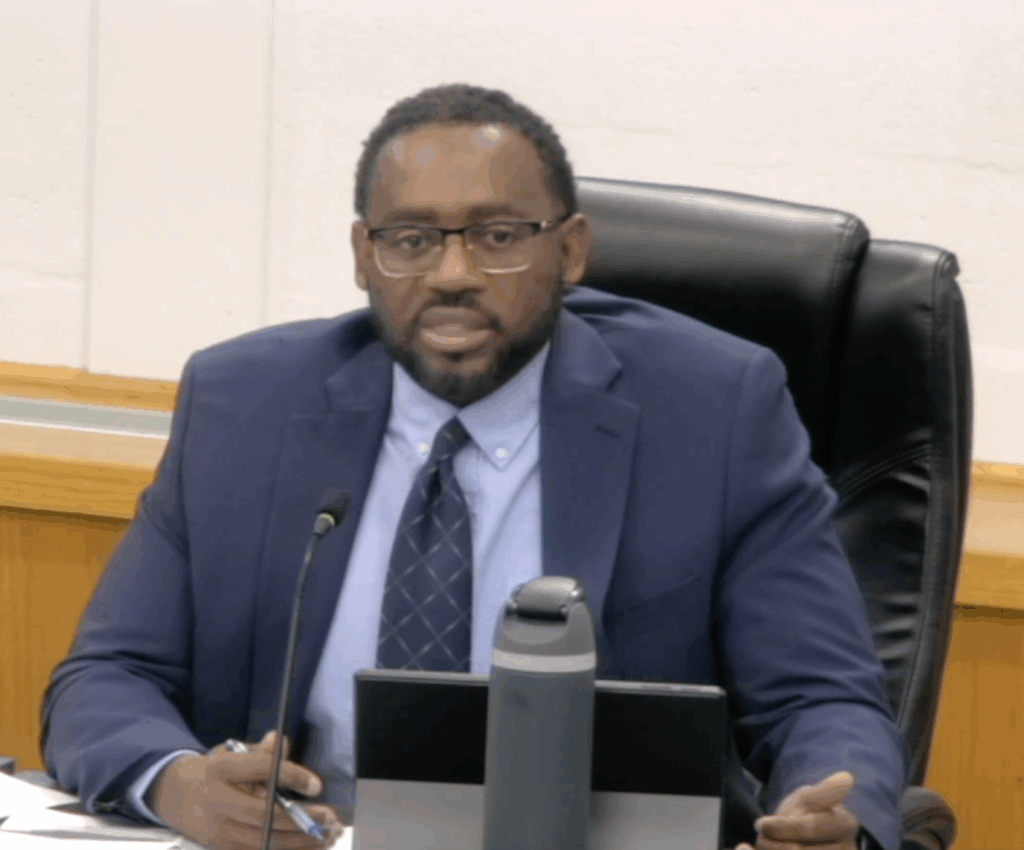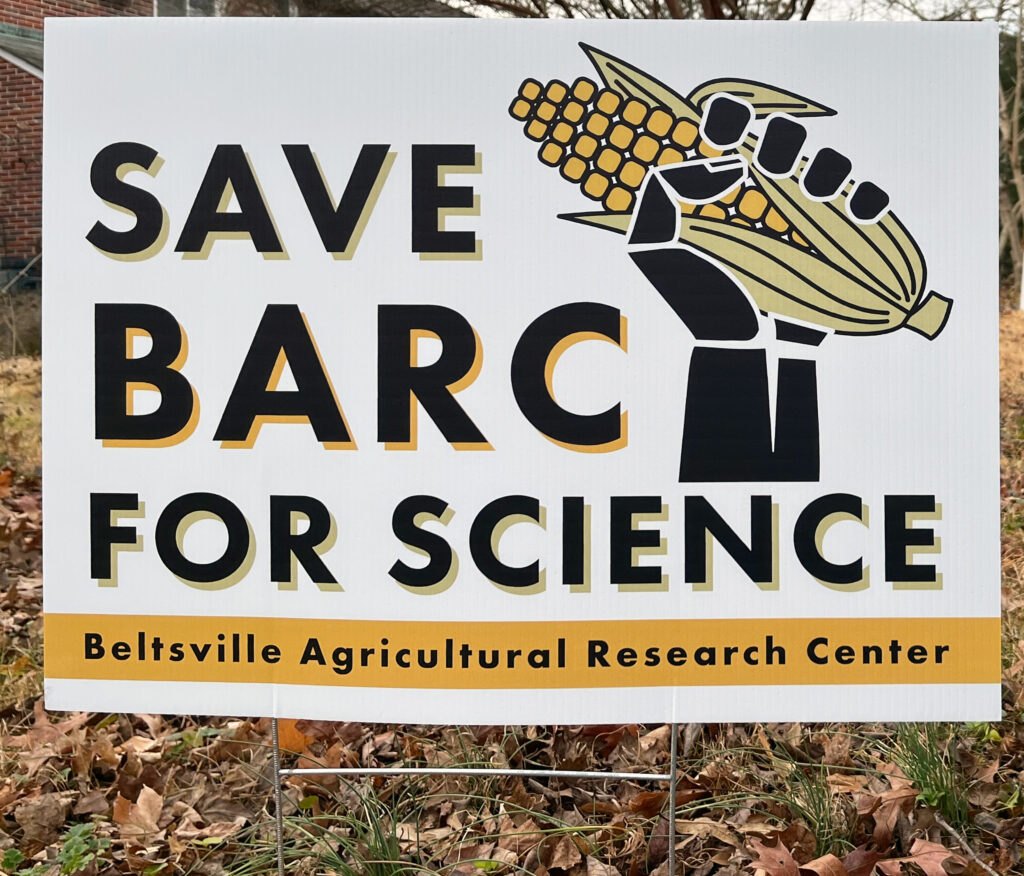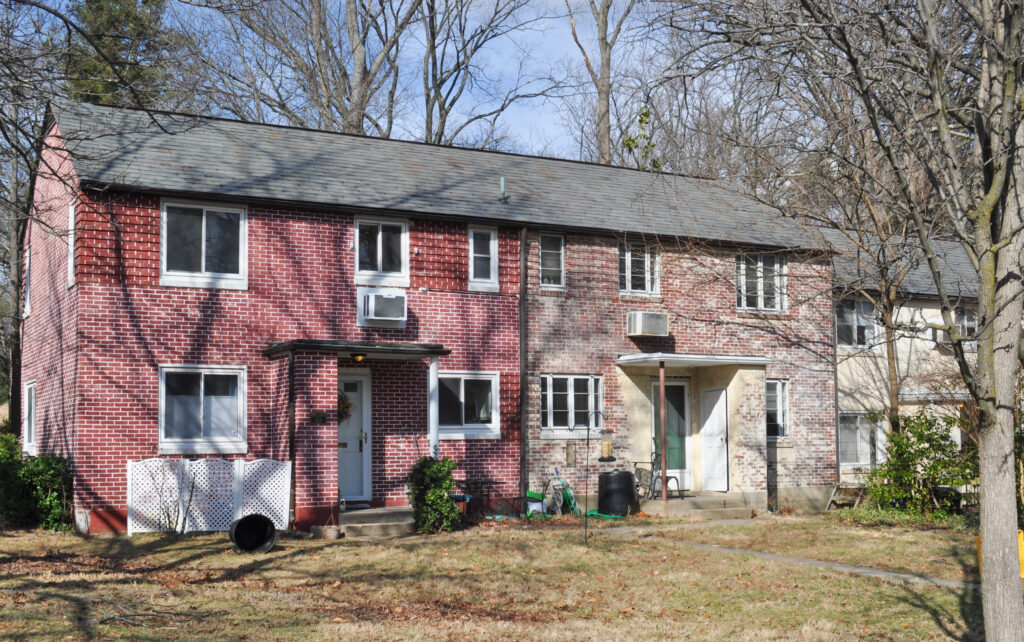Last weekend the youngest team competing in the Maryland First Lego League (FLL) at Johns Hopkins Applied Physics Lab in Laurel consisted of five Greenbelt youths. Callum, Sam, Soham, Spandana and Tanvi had been meeting through the fall and winter, building, coding, completing missions and trying to solve the central innovation question they’d decided to take on, which was how to reduce the carbon footprint from hydroelectric power generation. Recently they’d been meeting multiple times a week, on school holidays and early dismissal days as they prepared for the big event.
Origins of the Team
Korak Saha, a research scientist at the University of Maryland, began organizing the team last summer. He and his wife Shalini wanted their daughter, Tanvi, to have the fun and educational experience that they saw her older sister enjoy during her time in the Lego Robotics program.
They’d previously teamed up with their friends for the Baltimore Museum of Industry’s paper plane contest and participated in some FLL explorer competitions. So, they reached out to more Greenbelt families with similarly aged children and before long they had a collection of five smart and thoughtful 9- and 10-year-olds, a mixture of boys and girls, who attend four different schools between them (Greenbelt Elementary, Robert Goddard Montessori, Dora Kennedy French Immersion and Glenarden Woods). Thus, Greenbelt Bots was born.
Saha along with Praveen Noojipady, a senior scientist at NASA Goddard, had several goals for the team that they would coach and mentor. Most importantly, they hoped that the kids would learn the “gracious professionalism” espoused by FLL and the league’s core values of discovery, innovation, impact, inclusion, teamwork and fun. They also wanted to help them develop a research mindset. “First Lego League gives them this opportunity to introduce science, technology, engineering and math (STEM) through fun, exciting hands-on experience,” noted Saha. “Participants gain real-world problem-solving experience through a guided, global robotics program.”
Hard Work
The team registered with the FLL in August and throughout the fall they met once a week. In those early meetings they talked about the process, trained themselves to work as a team and built the different missions required. Most of the sessions lasted for an average of three hours. The FLL helps the mentors build lesson plans for every session and the kids took notes in their own engineering notebooks. This helped prepare them to develop strategies for their later missions and find solutions for their innovation idea. Fulfilling missions involved building spike prime codes (very similar to scratch programs) to control their robot. By December they started meeting twice a week and had regular practice through robotic games.
The Innovation Problem
Every team is required to devise an innovation problem. This year’s broad topic was to address global challenges related to the United Nations Sustainable Development Goal Seven, focused on ensuring access to affordable, reliable, sustainable and modern energy for all. With Noojipady as innovation mentor, the Greenbelt Bot team researched and brainstormed various power sources and issues surrounding their generation and distribution during some of their meetings. They also divided research among themselves and came back to report what they’d discovered to the group at the next session. The question they ultimately chose was “How to reduce the carbon footprint from hydroelectric power generation.”
The team figured out numerous different ways the carbon footprint increases in a big hydel power project and then they proposed their solution, which was to have multiple “check dams” along the mouth of the tributaries joining a main river. They spent about three sessions developing a 3D model from paper wraps, egg cartons, glue, casting rolls, colors and artificial vegetation.
Final Preparation
Their final few meetings were filled with intense practice sessions for the robotic games, the innovation problem presentation they would have to give and preparation for the judging sessions. In addition to guidance from Praveen, the team also met with an energy sector stakeholder, Prabuddha Banerjee and learned a lot about the energy sector from him.
The Competition
On Saturday the atmosphere at APL’s Koissiakof Convention Center was charged with excitement and full of positive energy as hundreds of people gathered. Twenty-two teams along with their coaches, family members and other supporters were present for the qualifiers. One organizer said that in over a decade
organizing the event this was their first experience of a full house, with every team showing up for the competition.
The robots competed on large tables with challenges distributed around a map across the surface. There were four tables altogether for simultaneous runs, one team per table. In the morning the teams were assigned practice times on the tables and those that weren’t practicing milled around the room, watching how the other teams tried to solve the challenges with their robots. The variety of designs was impressive; no two bots were quite the same.
Two tables were back-to-back, adding to the noise and cross-talk that filled the center at all times. It was loud inside, with people cheering for their respective teams while they competed in the robotics games, and the competitors interacting with each other, the judges and the general public.
The competition runs were well organized and meticulously timed. Teams had 10 minutes to set up, get ready and complete the mission. The time limit for their run was just 2.5 minutes. Then the judges reviewed the points earned, completed paperwork and reset the map for the next run.
Competition Problems
The Greenbelt Bots discovered their greatest challenge of the competition would be the difference in surface friction on the competition tables, which were not what they had been used to practicing with. They set to work with emergency problem-solving and ended up adding ballast to try to counter the low-friction problem. They’d have three runs on two different tables and the best of the three would determine their robot-based score.
In one of their challenges, they missed a windmill that was on the map, and an energy cell from a solar field, and though the robot managed to collect an energy cell from a power plant at the end, it wasn’t able to drop it before the time ran out. Their score wasn’t what they’d hoped for or what they’d achieved during their practice runs, but they ended up in the top 15 for the day – not bad for a rookie team with the youngest kids.
Interviews
The robot games are only one part of the FLL competition. Each team was also given an intense 30-minute interview by the judges. Questions covered the three major areas of the competition – their robot, their innovation project and their approach to the FLL core values. During the interview, team coaches were present but only the children could answer.
“The judging interview was a unique experience for them,” reflected Saha. “The judges were very polite, patient and provided them with wonderful feedback which will help them in the long run.”
2nd Place, Core Values
Though their robot games didn’t earn them a top score, the Greenbelt Bots took second place in the category of Core Values, which is judged on professionalism and cooperation through FLL’s core values of discovery, innovation, impact, inclusion, teamwork and fun.
A Great Experience
“I think it is a great achievement for a rookie team like ours and inspires us to do better in future,” said Korak Saha, who was proud of the team’s work and confident they were set to grow. “I am sure we will make it to the state level next time if we learn from the feedback that we received from the judges,” he said. Shalini Saha was pleased their daughter had enjoyed so much fun with her teammates. “She not only made new friends but she learned so many good things from them, which was reflected in the judges’ comments,” said Shalini. “They said, ‘You guys are so polite to each other, we APL scientists should learn from all of you!’” she shared. Their daughter, Tanvi, who is 10 years old, agreed that working with her teammates had been a wonderful experience and the competition an exciting capstone to their months of work together. “We had a lot of fun there,” said Tanvi. “Sometimes our robot didn’t work the way we wanted it to, but in the end we scored fairly well. The judges were very nice and gave us positive feedback and tips on how to improve our innovation project and robot design.” Soham Chaudhuri, who is 9 years old, agreed, “I got new friends and leaned coding,” he said. “I was hesitant and nervous when I joined the group,” said Spandana Noojipady, also 9 years old, “but it got better as we worked together as a group and got to learn new things from each other. I will definitely stay with the team and try to make it to the state level!”
Call for More STEM
“In a city like Greenbelt, where we care a lot about the overall development of our kids, it is important to take part in these competitions to give our kids more exposure to science and technology,” said Korak Saha. “In the past we used to have a MakerSpace where different teams could meet and practice for the robotic games (which requires a large wooden table), until it closed [its physical location] a few years ago,” he said. Youths used to meet for hands-on experience with technology, to play games, encounter 3-D printing and other STEM offerings, among other things at the old MakerSpace (which has recently opened a tool lending library from the basement of the Granite Building). “I would like to appeal to city officials to consider opening or supporting such a common facility for the overall development of our kids,” he added.
Not Just Robotics
Asked what he’d want other parents to know about Lego Robotics, Saha says, “Remember the FLL competition is not only about robotics. Yes, robotics is a major part but it is just one third of the overall competition, the other two parts being core values and the innovation project.” The skills the youths learn are broader than robotics, he stressed: “Along with engineering and coding skills, the teams learn how to make professional presentations, explore new skills and ideas in innovation projects, apply what we learn to improve the world, be stronger together as a team and enjoy and celebrate what we do! It is not about winning but having fun!” said Saha. “It is very easy to build a team,” he said, stressing that the parents had supported the team in their effort. “Praveen and I couldn’t have helped the kids without their support,” he told the News Review. For further information, Saha invites people to reach out to the team. “We have a couple of youth and adult mentors who can help you begin the team building process,” he offered.
To learn more about the Maryland First Lego League, visit marylandfll.org.
The author is also the parent of one of the Greenbelt Bot team members.




